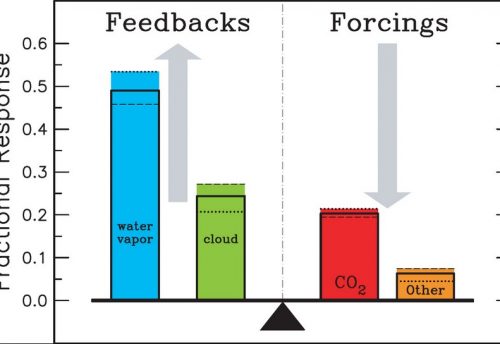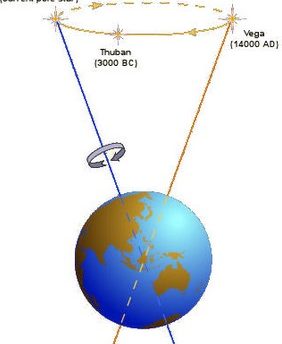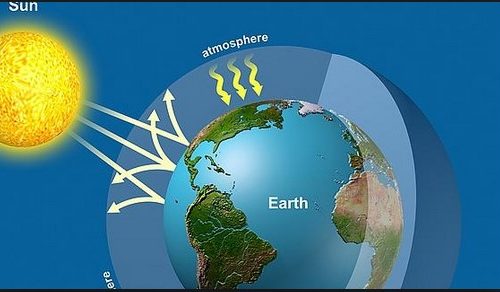
It has conventionally been assumed that, prior to the Industrial Revolution (1765), the carbon fluxes into and out of the atmosphere were in equilibrium. Since that time, anthropogenic emissions of CO2 have added a further source of atmospheric carbon. In response to this forcing perturbation, the disturbed equilibrium is currently in a process of readjustment, and consequently the atmospheric concentration of CO2 has risen. A simple mass balance calculation from flux values in Figure 6.1 reveals a current net imbalance of 3.2Gt of carbon per annum entering the atmosphere.
Equation 18 demonstrates the nature of this disequilibrium that has existed since 1765.
dM/dt = I + Dn – F – X [Equation 18]
where M = M – M0 (atmospheric CO2 mass change from pre-industrial, M0, to present, M);
t= time (years);
I = CO2 emissions from fossil fuel burning and cement production (source);
Dn = CO2 emissions from land-use changes (source);
F = net oceanic uptake of CO2 (sink); and
X = the net terrestrial uptake of CO2 (sink).
Estimates of present day values for the terms in Equation 18 have been made by the IPCC (1990a, 1992, 1995). The most recent estimates, together with their associated ranges of uncertainty, are detailed in Table 6.1.
Inserting these estimates into Equation 18 reveals a present day figure of 3.2Gt/a for dM/dt, equivalent to that calculated from flux values in Figure 6.1.




Leave a Reply